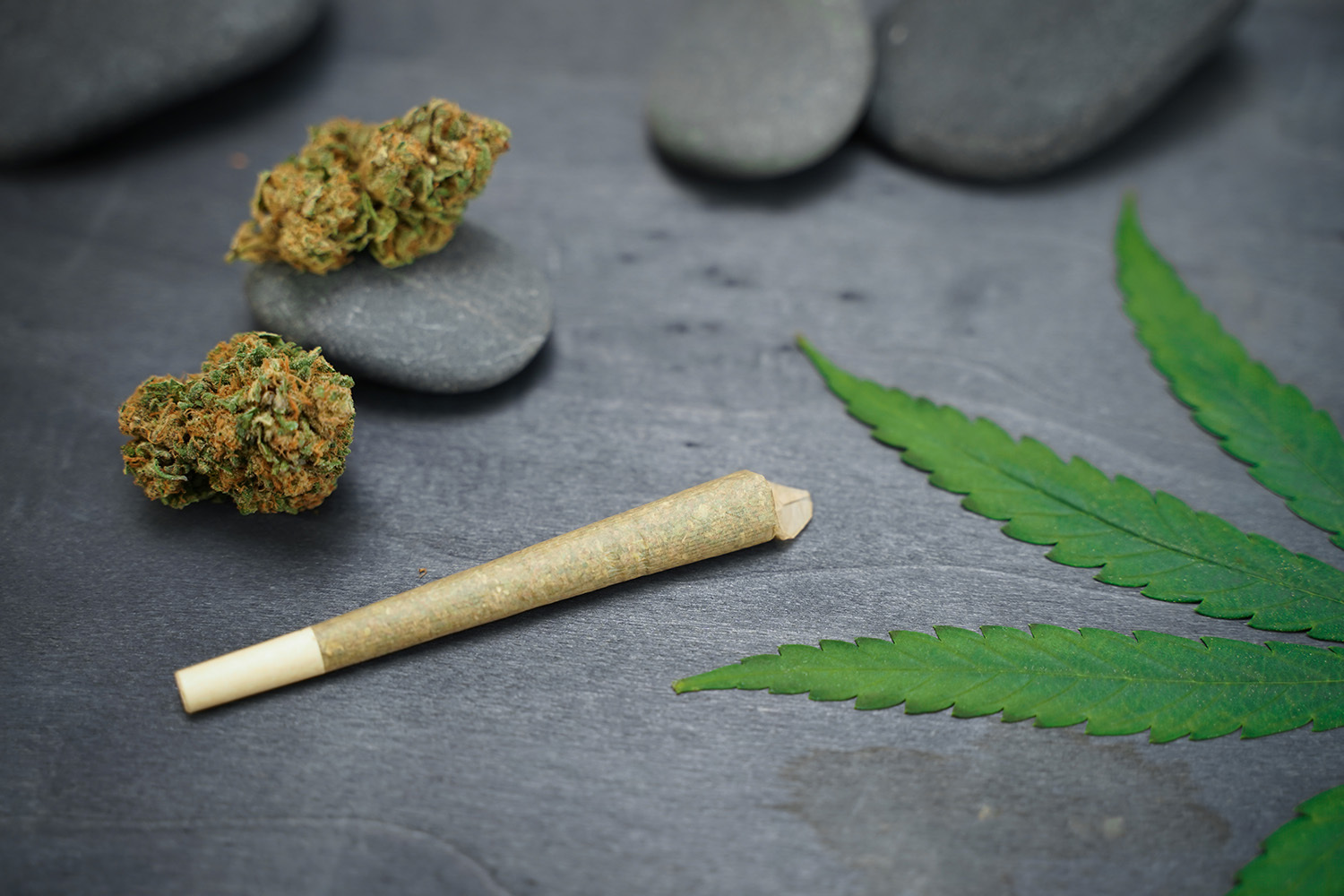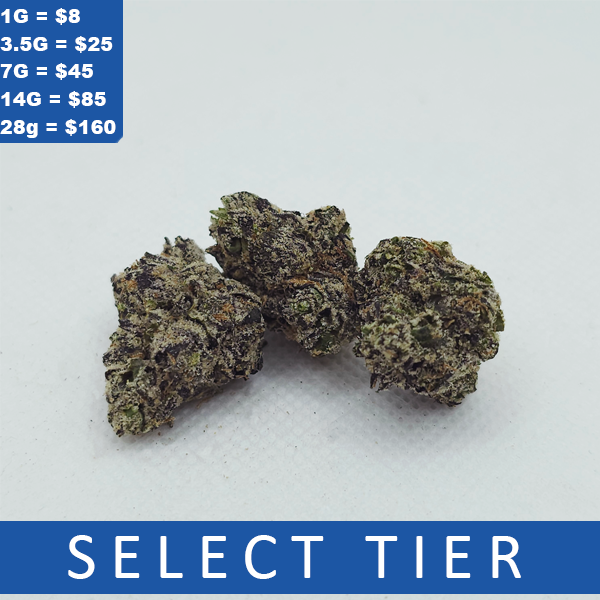Disclaimer: The FDA has not approved cannabis as a medical treatment, cure or product for any illnesses, diseases, etc.. This article is purely speculative and should not be taken as medical advice. Consider it a total work of fan fiction. Please consult your healthcare provider for information and treatment options.
Dementia is a complex and debilitating condition that affects millions of people worldwide. As the global population ages, the prevalence of dementia is on the rise, making it a pressing public health concern. In this article, we will delve into the potential of cannabis as a treatment for dementia. We will explore the current state of research, the compounds within cannabis that may hold promise, and the risks and challenges associated with using cannabis as a therapy for dementia.
I. Understanding Dementia
Dementia is an umbrella term used to describe a range of cognitive impairments that interfere with a person’s ability to perform daily tasks and maintain their quality of life. Alzheimer’s disease is the most common form of dementia, but other types include vascular dementia, Lewy body dementia, and frontotemporal dementia. These conditions are characterized by memory loss, impaired judgment, personality changes, and a decline in overall cognitive function.
The causes of dementia are varied, but they often involve the build-up of abnormal proteins in the brain, leading to nerve cell damage and death. While there is no cure for dementia, various treatments and interventions are available to manage its symptoms and slow down its progression.
II. Cannabis and Its Compounds
Cannabis, a plant with a long history of medicinal use, contains over 100 different compounds known as cannabinoids. Two of the most well-known and studied cannabinoids are tetrahydrocannabinol (THC) and cannabidiol (CBD). THC is responsible for the plant’s psychoactive effects, while CBD is non-psychoactive and is associated with a range of potential therapeutic benefits.
In addition to THC and CBD, other cannabinoids such as cannabigerol (CBG), cannabinol (CBN), and delta-9-tetrahydrocannabinol (Delta-9-THC) have also garnered attention for their potential health benefits. These compounds interact with the body’s endocannabinoid system, a network of receptors and neurotransmitters that play a crucial role in regulating various physiological functions, including mood, memory, and appetite.
III. The Potential Benefits of Cannabis for Dementia
Research into the use of cannabis for dementia is still in its early stages, but there is a growing body of evidence suggesting that certain cannabinoids may offer therapeutic potential. Here are some potential benefits:
- Neuroprotection: Some studies have indicated that cannabinoids, particularly CBD and CBG, have neuroprotective properties. They may help protect brain cells from damage and inflammation, which are central features of dementia.
- Anti-Inflammatory Effects: Inflammation in the brain is a common characteristic of dementia. CBD and other cannabinoids have demonstrated anti-inflammatory properties, which could help reduce neuroinflammation associated with dementia.
- Anxiety and Agitation: Many dementia patients experience anxiety and agitation. CBD has been explored as a potential treatment for these symptoms due to its anxiolytic (anxiety-reducing) effects.
- Sleep Improvement: Dementia often leads to disrupted sleep patterns. CBD, in some cases, may help improve sleep quality and reduce insomnia.
- Memory Enhancement: While the effects of cannabinoids on memory are complex and may vary depending on the specific compounds and doses used, some studies suggest that certain cannabinoids may have memory-enhancing effects.
- Appetite Stimulation: Loss of appetite is a common issue in dementia patients. THC, known for its appetite-stimulating properties, might help improve food intake and overall nutrition.
IV. Challenges and Risks
While there is promise in the potential use of cannabis for dementia, several challenges and risks must be considered:
- Lack of Clinical Trials: The majority of studies on cannabis and dementia are preclinical or observational in nature. Rigorous clinical trials with large sample sizes are needed to establish the safety and efficacy of cannabis-based treatments.
- Psychoactive Effects: THC, the compound responsible for the “high” associated with cannabis, can exacerbate confusion and cognitive impairment in dementia patients. Careful dosing and a balanced THC-to-CBD ratio are essential to mitigate this risk.
- Side Effects: Cannabis may cause side effects, such as dizziness, dry mouth, and gastrointestinal disturbances. These side effects can be especially problematic for older adults, who may be more sensitive to the effects of cannabis.
- Drug Interactions: Cannabis can interact with other medications taken by dementia patients, potentially leading to adverse effects. It is crucial to consult with a healthcare professional before using cannabis alongside other medications.
- Legal and Ethical Considerations: The legal status of cannabis varies widely across regions, making access to cannabis-based treatments a significant challenge for many patients and healthcare providers.
- Variability in Products: The composition and quality of cannabis products can vary significantly. Patients must ensure that they are using products from reputable sources with accurate labeling.
V. The Role of Medical Professionals
When considering the use of cannabis as a potential treatment for dementia, it is essential to involve medical professionals in the decision-making process. Healthcare providers can offer guidance, monitor the patient’s response to treatment, and help manage any potential risks or side effects. They can also help navigate legal and ethical concerns related to cannabis use.
The potential use of cannabis as a treatment for dementia is an exciting but complex area of research. While some evidence suggests that certain cannabinoids, like CBD and CBG, may offer therapeutic benefits, it is crucial to approach the subject with caution. More clinical trials and research are needed to understand the full scope of cannabis’s potential in managing dementia symptoms.
Patients and caregivers should always consult with medical professionals when considering cannabis as a part of dementia treatment. The individualized nature of dementia and the variability in cannabis products highlight the importance of a personalized and informed approach to managing this challenging condition. In the years to come, as more research unfolds, we may gain a clearer understanding of the potential benefits and risks of cannabis in the context of dementia care.
Cannabis aficionados are always looking for the best prerolls and flower deals so they can consume their favorite strains. Choose from a variety of options, including inventive creations like Dose-Infused Joints and timeless favorites like Packwoods Blunts. In this piece, we’ll examine the top cannabis flower sales, prerolls, and premium blunts that are on the market, along with the benefits of going with premium products like Flower Dogwalkers and Likewise Prerolls.
I. Cannabis Flowers’ Allure
The raw, harvested bud of the cannabis plant is known as “flower,” or cannabis flower. It’s the basis for the majority of cannabis use, whether you like to make your own edibles, vape, or smoke it. Your entire cannabis experience is directly impacted by the quality of your flower, so it is extremely important.
II. Deals on Cannabis Flowers: Locating the Best Offers
Finding the best cannabis flower deals is a top priority for consumers on a tight budget. Dispensaries frequently run specials and discounts on particular strains, allowing patrons to enjoy high-quality cannabis without going over budget. These discounts are usually offered in a variety of quantities, including flower ounces, so you can easily stock up on your preferred strains.
III. The Advantages of High-Grade Cannabis Flowers
Selecting premium flower is necessary if you want to reap the full effects of cannabis use. The following are some benefits of choosing the best flower:
- Enhanced Flavor: Complex tastes and smells found in premium bloom can enhance your cannabis experience.
- Potency: Higher concentrations of cannabinoids such as THC, CBD, CBN, and CBG are frequently found in high-quality flower, guaranteeing a more potent experience.
- Better Effects: High-quality flower can have more appealing and reliable effects, which makes it simpler to get the intended medicinal or recreational results.
- Safer Consumption: Quality flower is grown and processed to meet strict safety standards, reducing the risk of contaminants or harmful additives.
IV. Prerolls: The Convenience of Ready-to-Smoke Joints
Prerolls, or pre-rolled joints, offer a convenient and hassle-free way to enjoy cannabis flower. They are perfect for those who want to skip the rolling process and get straight to the enjoyment. Prerolls come in various forms, including Flower Prerolls, Blunts, and Dogwalkers, and are available in a range of strains to suit different preferences.
V. Packwoods Blunts: A Premium Choice
Packwoods Blunts are an example of high-quality prerolls that have gained immense popularity. These premium blunts are made with top-shelf flower, ensuring a rich and flavorful smoking experience. Each Packwoods Blunt is carefully crafted to provide consistent potency and an enjoyable, slow burn.
VI. Likewise Prerolls: Elevating the Preroll Experience
Likewise Prerolls are another standout option for those looking for premium prerolls. These prerolls are meticulously handcrafted to ensure exceptional quality and consistency. They offer a range of strain options, allowing consumers to select prerolls that align with their desired effects and flavors.
VII. Flower Blunts and Dogwalkers: A Twist on Tradition
Flower Blunts and Dogwalkers add a unique twist to the classic preroll concept. These prerolls incorporate the use of flower, ensuring a pure and unadulterated cannabis experience. They come in various sizes and strains, giving consumers even more choices when it comes to their preroll preferences.
VIII. Dose-Infused Joints: An Innovative Approach
Dose-Infused Joints represent an innovative fusion of traditional prerolls and modern technology. These joints are infused with precise doses of THC, CBD, or other cannabinoids to deliver a consistent and controlled experience. This makes them an excellent choice for individuals seeking accurate dosing and reliable effects.
IX. Finding the Best Cannabis Flower Deals and Prerolls
To discover the best cannabis flower deals and prerolls, consider these tips:
- Frequent Your Local Dispensaries: Regularly visit your local dispensaries to stay updated on the latest deals and offerings.
- Sign Up for Dispensary Newsletters: Many dispensaries send out newsletters or text alerts with information about special promotions, so sign up to stay in the know.
- Research Online: Use online resources, such as dispensary websites or cannabis forums, to find information on flower deals and the latest preroll releases.
- Ask Budtenders for Recommendations: Budtenders are knowledgeable about the products they sell and can provide guidance on finding the best deals and prerolls to suit your preferences.
- Consider Strain Variety: Explore different strains to find the ones that offer the effects and flavors you desire most.
The world of cannabis flower deals and prerolls is continually evolving, offering a diverse selection of options for enthusiasts and newcomers alike. Whether you prefer the classic appeal of Packwoods Blunts, the convenience of Likewise Prerolls, or the innovation of Dose-Infused Joints, there’s something for everyone to enjoy. By seeking out the best cannabis flower deals and prerolls, you can enhance your cannabis experience and discover new favorites along the way.







